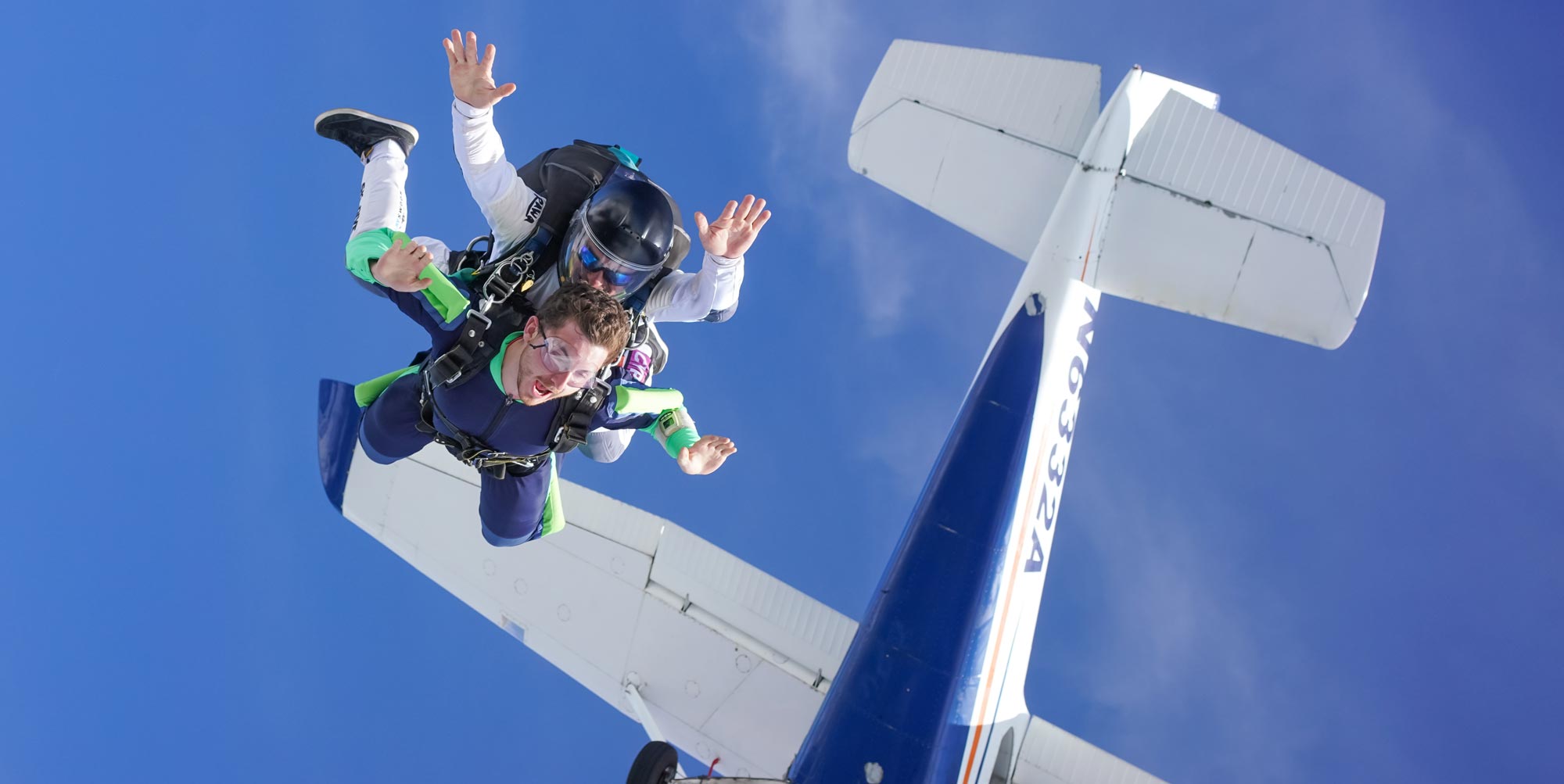Skydiving Facts You Didn’t Know
General
Posted by: Long Island Skydiving Center 2 years ago
If you’re new to skydiving, you may not know that there’s a lot more to this amazing sport than a simple free fall and parachute landing. In the last 60 years, skydiving has advanced from a death-defying activity for “crazy people” to a sport enjoyed by millions every year. This transformation is credited to innovators driven to make the sport safer.
You may visualize skydiving to be something akin to floating under a round parachute while drifting with the wind … which, we’re glad to say, is no longer how things work! Please, allow us to educate you on how skydiving has evolved! Below we share six fun facts about skydiving that showcase the sport’s advancement from the early days when it was known exclusively as parachuting.
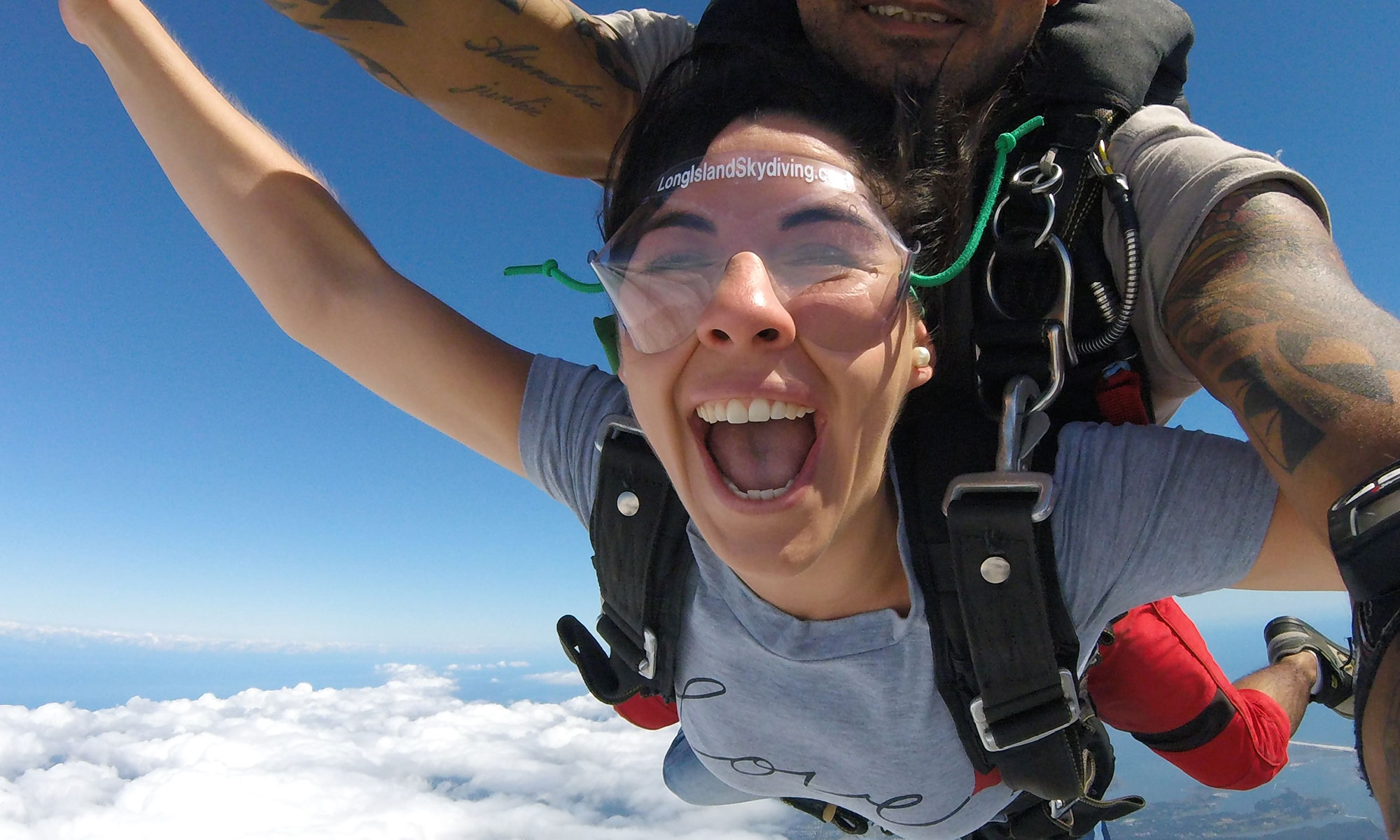
Fact 1: It’s About Flying Not Falling
If skydiving was simply about saving your life after falling thousands of feet, then the sport would never have gained the popularity it enjoys today. Skydiving is about freedom and the joy brought about by manipulating the wind with the body. Skydivers have the ability to fly or “track” horizontally across the sky, or turn in place, or fly on different axes of the body.
Learning to use different parts of the body as rudders is addictive and opens up opportunities to make coordinated jumps with other skydivers.
In the video below, these skydivers make everything look effortless – but it takes hundreds of jumps and many hours in a wind tunnel to master the fine movements of the body to maintain complete control.
Fact 2: Skydiving is High Tech
In the early days of jumping, most fatalities occurred due to malfunctioning parachutes or poorly performing reserve deployment systems. Today, malfunctioning gear is extremely rare. As a matter of fact, 2021 was statistically one of the safest years of skydiving in the sport’s history. Through six decades of evolving innovation, skydiving now involves some high tech tools. Here are a few you may not know about:
Automatic Activation Device (AAD)
One of the worst-case scenarios for any skydiver is to lose consciousness during free fall. This usually occurs because of a medical event or by colliding with another skydiver. As you can imagine, losing consciousness would equate to sure death, but thanks to the automatic activation device, surviving such an event is altogether possible!
An automatic activation device is a small computer installed in the parachute container system (the back pack). Its sole purpose is to measure altitude and speed. When a skydiver crosses the minimum altitude threshold at a higher than normal rate of speed, the device will automatically deploy the skydiver’s life-saving reserve parachute. The use of these devices have saved more than 10,000 lives through the years!
Just in case you were wondering, all of the parachute systems at Long Island Skydiving Center are installed with an automatic activation device.
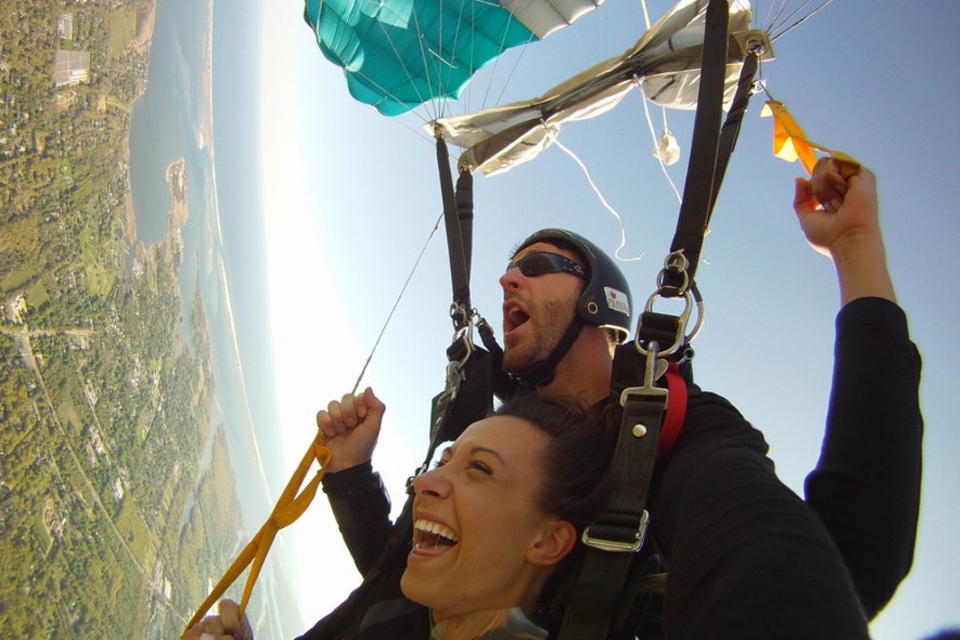
Audible Altimeter
Another cool piece of tech is the audible altimeter. Almost all skydivers wear a wrist-mounted altimeter but it is possible to lose altitude awareness during a skydive. This may sound crazy but when jumpers are focused on executing various maneuvers, they can lose track of where they are in the sky. An audible altimeter helps to solve this problem.
An audible altimeter or “audible” fits into a skydiver’s helmet and makes unique sounds at pre-determined altitudes allowing the skydiver to hear where they are during the jump!
There are many other pieces of tech like the life-saving SkyHook or software like the FlySight, but we’ll keep this article moving with lots of other interesting skydiving tidbits!
Fact 3: Skydiving is a Competitive Sport
For many, skydiving is a weekend hobby. It’s not uncommon to have a group of four friends meet at the dropzone every Saturday and make four or five jumps together. It’s not unlike playing a round of golf!
Skydiving is also a competitive sport with many unique disciplines that have different rules for competition. Usually, most of these disciplines require competitors to create pre-determined formations in the sky within 35 seconds. These competitions usually vary by the size of the team (4-people, 8-people, 10-people, 16-people) and the axis in which they are falling to the earth (horizontal, vertical).
For example, a 4-person team or “4-Way” (the most common type of competition skydiving) is known as Formation Skydiving and involves all jumpers coordinating with each other in a belly-to-earth body position. A similar but different discipline is Vertical Formation Skydiving – a 4-way team falling in a head-to-earth orientation.
The following two videos highlight these two different disciplines:
Fact 4: You Have To Be Qualified
In the sport of skydiving, you’ve got to make a lot of jumps to earn your qualifications! One hundred jumps may sound like a lot, but in skydiving terms you’re still considered a novice.
Many people become attracted to skydiving because of YouTube videos showing wingsuit flyers blazing across the sky, but it takes time to get there. Skydivers must have at least 200 jumps before they can enroll in a “First Flight Course.” (Our friends at WNY Skydiving have a great Wingsuit program by the way).
To become a tandem instructor you have to have at least 500 jumps before you can enroll in that training program!
Fact 5: Skydivers Love Data Points
- During a skydive, the descent rate during free fall is usually 1,000 feet / every 6 seconds.
- The typical free fall speed of a tandem skydive is 120 mph.
- There are more than 200 USPA Member skydiving centers in the United States.
- Each year, approximately 9 million skydives are made throughout the world.
- The world record for the largest formation of skydivers ever built is 400.
- The record for most jumps made in a 24 hour period is 640!
Fact 6: The World’s Best Train in Wind Tunnels
The development of indoor skydiving wind tunnels have transformed the sport! Today, elite skydiving professionals and military forces train in wind tunnels like this one in North Carolina. The use of wind tunnels exponentially increases the learning curve of skydivers because it eliminates the need to pack a parachute (20 minutes) and ride a plane to jump altitude (15-20 minutes). In other words, more time can be spent flying per hour.
Below is the elite team known as Arizona Airspeed flying in a wind tunnel!
There is so much more to our amazing sport, but we hope we’ve piqued your interest!
If you’d like to see what it’s all about, we invite you to join us for a tandem skydive – it’s your entry point! Click here to contact us with questions or click here to schedule your skydive!
Related Articles
Categories:
You May Be Interested In:
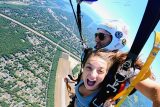
Can You Skydive With Asthma?
3 months ago by Long Island Skydiving Center

A Guide on How To Go Skydiving
4 months ago by Long Island Skydiving Center

Last Minute Experience Gifts
5 months ago by Long Island Skydiving Center
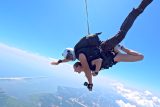
How Expensive Is Skydiving In New York?
6 months ago by Long Island Skydiving Center
